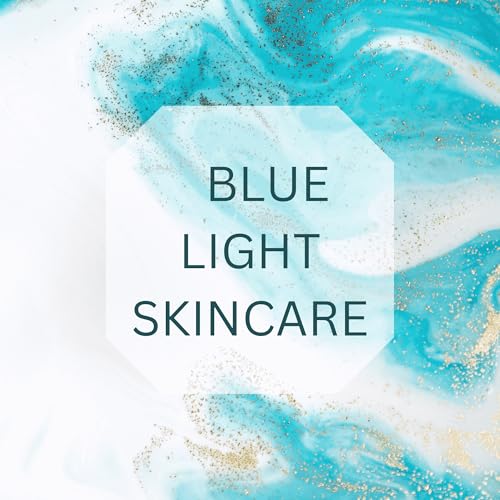
Blue Light and Its Effects: Separating Fact from Fiction
カートのアイテムが多すぎます
カートに追加できませんでした。
ウィッシュリストに追加できませんでした。
ほしい物リストの削除に失敗しました。
ポッドキャストのフォローに失敗しました
ポッドキャストのフォロー解除に失敗しました
-
ナレーター:
-
著者:
このコンテンツについて
The focal point of our discussion today resides in the examination of the effects of blue light on skin health. As the proliferation of digital devices necessitates prolonged screen exposure, we endeavor to discern whether such exposure is indeed accelerating skin aging, akin to the well-documented effects of ultraviolet light. Through a meticulous analysis of empirical studies, we find that while sunlight remains the paramount source of harmful high-energy visible light, the intensity of blue light emitted from screens is significantly less consequential in terms of immediate skin damage. However, we must contemplate the cumulative effects of prolonged exposure and the potential for blue light to exacerbate pigmentation issues, particularly in individuals predisposed to such conditions. Our exploration further elucidates the importance of employing both protective measures, such as tinted mineral sunscreens, and reparative antioxidants to mitigate any adverse effects stemming from our digital lifestyles.
The discourse presents a meticulous examination of blue light, a prominent aspect of modern digital life, particularly concerning its implications for skin health. The speakers delineate the concept of blue light, defining it as high energy visible light (HEV) within the electromagnetic spectrum, specifically between 400 and 525 nanometers. They articulate the context of heightened exposure due to the ubiquitous presence of screens in contemporary living, leading to an inquiry into whether this prolonged exposure accelerates skin aging. The episode further dissects the comparative intensity of blue light emitted from digital devices versus that from natural sunlight, revealing that while devices do emit blue light, the energy levels are significantly lower than those from the sun. This foundation sets the stage for a deeper exploration into the biological mechanisms through which blue light may induce skin damage, including oxidative stress and its role in generating free radicals, ultimately leading to collagen degradation and pigmentation issues. The discussion culminates in a call for critical engagement with the marketing of blue light protective products, urging listeners to discern between scientifically substantiated claims and potential exaggerations in the skincare market.
Takeaways:
- The predominant source of blue light exposure in our lives remains the sun, which emits significantly more energy than artificial sources such as screens and LED lights.
- Research indicates that the potential for blue light from screens to age our skin is minimal compared to the intense exposure we receive from sunlight.
- Prolonged exposure to blue light, particularly in the evening, may disrupt our skin's natural repair processes, thereby accelerating signs of premature aging.
- It is imperative to utilize sunscreen with iron oxides for enhanced protection against blue light-induced hyperpigmentation, alongside a robust skincare regimen that includes antioxidants.
- Blue light exposure can exacerbate existing skin conditions such as melasma, leading to persistent pigmentation issues that require careful management.
- Future studies are essential to fully understand the long-term implications of blue light on skin aging and the potential epigenetic modifications it may cause.
Companies mentioned in this episode:
- Beiersdorf
- Tina


